SeMA 1F
01 YOUNG-HAE CHANG HEAVY INDUSTRIES
02 Jesse Jones
03 Haegue Yang
04 Complete Map of the Celestial Sphere
05 Joo Jae-Hwan
06 Tamura Yuichiro
07 Basim Magdy
08 Joanna Lombard
09 Dinh Q. L?
10 Yoneda Tomoko
11 Yoneda Tomoko
12 YAO Jui-chung
13 Lina Selander
14 Sean Snyder
15 YAO Jui-chung
16 Basim Magdy
17 Nilbar G?re?
18 Nilbar G?re?
19 Nilbar G?re?
20 Basim Magdy
21 Basim Magdy
22 Nina Fischer & Maroan el Sani
23 YAO Jui-chung
24 YAO Jui-chung
25 YAO Jui-chung
01 YOUNG-HAE CHANG HEAVY INDUSTRIES
02 Jesse Jones
03 Haegue Yang
04 Complete Map of the Celestial Sphere
05 Joo Jae-Hwan
06 Tamura Yuichiro
07 Basim Magdy
08 Joanna Lombard
09 Dinh Q. L?
10 Yoneda Tomoko
11 Yoneda Tomoko
12 YAO Jui-chung
13 Lina Selander
14 Sean Snyder
15 YAO Jui-chung
16 Basim Magdy
17 Nilbar G?re?
18 Nilbar G?re?
19 Nilbar G?re?
20 Basim Magdy
21 Basim Magdy
22 Nina Fischer & Maroan el Sani
23 YAO Jui-chung
24 YAO Jui-chung
25 YAO Jui-chung
SeMA 2F
26 Min Joung-Ki
27 Zero Dimension/ Kato Yoshihiro
28 Mikhail Karikis
29 Kim Soo-nam
30 Immortals’s Feast on Yoji Pond
31 Kim In-whoe
32 Bae Young-whan
33 Naito Masatoshi
34 Rho Jae Oon
35 Kim Soo-nam
36 Kim In-whoe
37 Choi Min Hwa
38 Jawshing Arthur Liou
39 Sang-il Choi, Jiyeon Kim
40 siren eun young jung
41 Haejun JO & KyeongSoo LEE
SeMA 3F
42 Haegue Yang
43 Pilar Mata Dupont
44 Choi Gene-uk
45 Jesse Jones
46 Otty Widasari
47 SU Yu-Hsien
48 Truong Cong Tung
49 The Propeller Group
50 Ho Sin Tung
51 Sean Snyder
52 Jakrawal NILTHAMRONG
53 Mikhail Karikis
54 Eric Baudelaire
55 CHUNG Seoyoung
56 CHE Onejoon
57 Nina Fischer & Maroan el Sani
58 Mahardika Yudha
59 Choi Sunghun + Park Sunmin
KOFA
Rho Jae Oon
Ho Sin Tung
Sean Snyder
Exhibition, 2008
Film transferred to digital video, 6 min. 59 sec.

Courtesy Galerie Neu, Gallery Chantal Crousel and Lisson Gallery
Exhibition is a video about art, its reception and the discourse it generates as well as the work involved in the production of exhibitions. Exhibition reflects the rituals and conventions of the social dimension of art and the failure of educational projects based on assumptions of the universal aesthetic experience. The video uses as a subject the Soviet documentary film Noble Impulses of Soul (1965), by Israel Goldstein. In typical 1960s Soviet style, the pedagogical tone of the film’s narrative praises the efforts of a provincial museum in the village of Parkhomivka in Eastern Ukraine revolving around an exhibition of contemporary Mexican art presented at the museum and an art history lecture at a village farm. The reprocessed video restructures the primary components, eliminates the voice of the narrator, and reorders the chronology of the film to break the continuous realistic world of documentary and allude to the standardized and meaningless language that talks through people. [Sean Snyder, Olga Bryukhovetska]
Schema (Television), 2006?2007
Video, 10 min. 1 sec

Courtesy Galerie Neu, Gallery Chantal Crousel and Lisson Gallery
It is characteristic of television to be used as an accompanying moving background to other activities?eating, doing all kinds of housework, waiting?all these activities can be accompanied by adulling, monotonous temporality. Zapping, in turn, can modify the rhythms created by TV programming itself. Sean Snyder’s 2007 single channel video Schema (Television) is an intricate montage of seemingly disparate TV shows, from weather forecasts to cooking shows and political events, with some animals thrown in; none is on view for more than a few seconds. While the piece can be read a critique of the relentless formatting of television and its reduction of news to entertainment, this quite generic critique only becomes effective because of somewhat unsettling flattening of affect that seems to characterize the zapping subject that is performing this impoverished edit. Is there even a subject behind these acts, or just a distended subjectivity modulated by the flow of images?
[Sven Lutticken, History in Motion: Time in the Age of the Moving Image, Sternberg Press, 2013, p.119.]
[Sven Lutticken, History in Motion: Time in the Age of the Moving Image, Sternberg Press, 2013, p.119.]






























